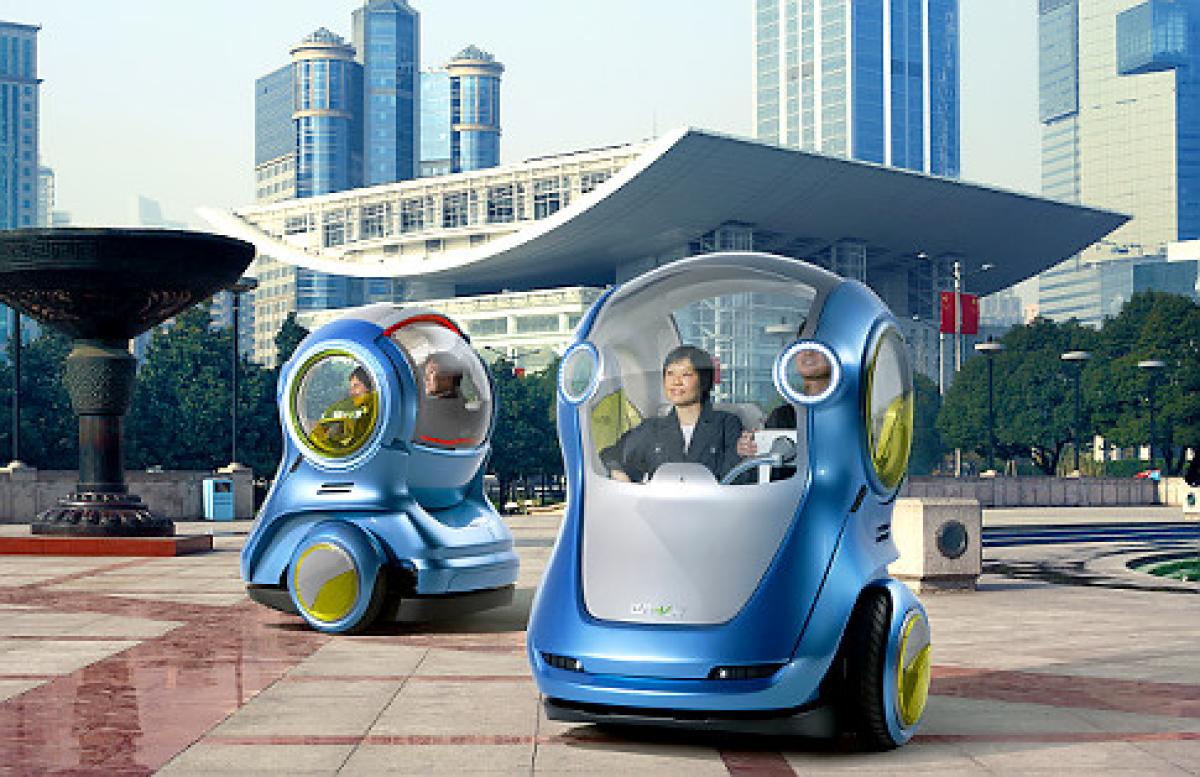Remember all those Flintstones cartoons with Fred and Barney twirling their legs like blurry windmills to get the car going? The HumanCar uses a very similar principle.
The 2011 HumanCar is perhaps the most clean and energy efficient car on the market. Don’t worry, no Soylent Green is necessary to keep this thing running. In fact, running is a pretty accurate way to think about how the HumanCar works.
The passengers riding in this car become the engine, in essence, operating four rowing stations that produce the electric power necessary to move the car forward. The added bonus is that you don’t necessarily have to be rowing in order to move this car forward. Energy can be stored in the car’s battery, and the whole thing can be run on stored up electric power. And, yes, it’s street legal. The HumanCar is capable of reaching speeds up to 60 mph.
In fact the frame and chassis of the car is made from recycled materials, and the whole thing is a PHEV plug-in hybrid e-vehicle. The current model is a low-mass hybrid that gets the equivalent of 100 mpg, and resembles a sleek convertible from the outside. Although I do kind of wonder whether or not you’ll be able to enlist the help of family and friends to help you power this thing, but it does mean that you’ll be saving on gas money.
The HumanCar can also be used to power your home – as a sort of generator. The battery, which stores electricity to run the vehicle, can also be used to provide energy to homes, in what the makers of the HumanCar call “Vehicle to Grid” power. Not a bad idea for areas where gas is incredibly expensive or difficult to come by – or emergency situations (imagine dropping a few hundred of these off in post Katrina New Orleans, the Sudan or Haiti.) A great example of sustainable energy and alternative power. The HumanCar is just one more step towards a gas-free society. Other alternative vehicle concepts include the Revolute and these smartcar designs we reviewed a while back.
Via: HumanCar














